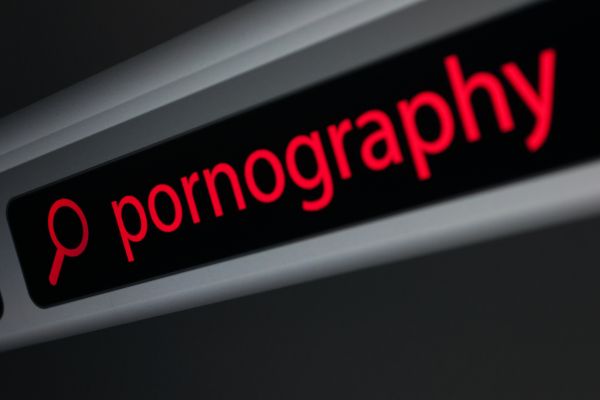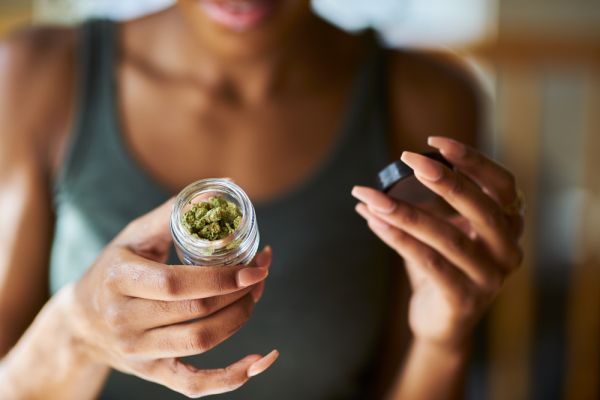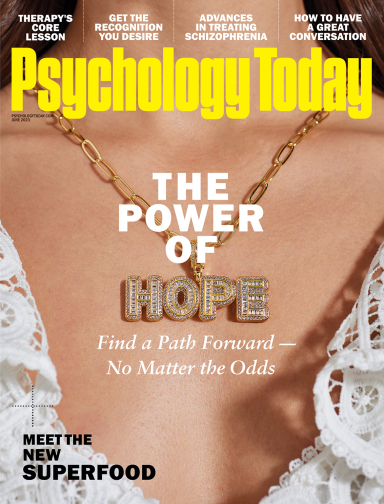"I Think I Have a Problem With Drugs...Now What?"
Demystifying the process of professional and peer support for addiction.
Posted January 18, 2022 Reviewed by Michelle Quirk
Key points
- Once an individual recognizes they have lost control over their alcohol or other drug use, there are many different types of support to consider.
- Professional support options include detox, inpatient hospitalization, residential treatment, intensive outpatient, and outpatient services.
- Peer-support options include sober living environments, recovery programs, and peer support programs (12-step and non-12-step).
According to recent data, more than 11 percent of adults in the United States reported ever having a problem with alcohol or another drug (SAMHSA, 2020). In light of the COVID-19 pandemic, those numbers are likely to escalate, given that 13.3 percent of Americans reported increasing their use (or initiating use) of substances during the pandemic (Czeisler et al., 2020).
So, once someone recognizes they have lost control over their alcohol or other drug use, what are the next steps?
Counseling
One viable option is to seek professional help in the form of counseling. By definition, counseling is a “professional relationship that empowers diverse individuals, families, and groups to accomplish mental health, wellness, education, and career goals” (Kaplan et al., 2014, p. 368). This means that counseling consists of a professional relationship with a trained practitioner (e.g., holds the appropriate license or certification) built upon the mutual goal of helping a client experience positive change. Counseling can occur in a variety of formats including individual, family, group, or couples counseling.
For individuals who are seeking help with their alcohol or other drug use, there are many different types of support—some in the form of professional treatment, and some based on peer support. To help determine the best type of support, or the appropriate level of care, the American Society of Addiction Medicine (ASAM; 2021) developed guidelines for treatment placement. These guidelines help the counselor and client determine the right clinical setting based on the client’s needs. For example, the guidelines encourage counselors and clients to consider the withdrawal potential of the drug of abuse, other health or medical complications, co-occurring mental health symptoms, the client’s history of substance use, and the nature of the client’s living environment (ASAM, 2021). With these factors in mind, counselors and clients come to a decision about the best level of care to support the client.
Detoxification
Prior to pursuing counseling or treatment services, some clients may first need to engage in detoxification, which is “a set of interventions aimed at managing acute intoxication and withdrawal” (Center for Substance Abuse Treatment, 2006, p.4). Detoxification typically involves medication to support clients as the drugs of abuse leave their bodies by minimizing the harm and discomfort of withdrawal symptoms. Ideally, detoxification is a preliminary step toward professional counseling services.
Levels of Care
As a result of considering the ASAM (2021) guidelines and other assessment procedures, individuals may choose to pursue professional support in one of the following settings: (a) an inpatient hospital, (b) residential treatment facility, (c) partial hospitalization program, (d) intensive outpatient program, or (e) outpatient counseling services.
An inpatient hospital setting is appropriate for individuals who are in need of medically managed care under the supervision of a team of professionals including doctors, psychiatrists, and counselors. Rather than long-term treatment, inpatient hospitalization ensures the stabilization and safety of an individual, especially when facing dangerous withdrawal symptoms or co-occurring mental health conditions.
Residential treatment is an appropriate option for individuals who would benefit from a temporary period of living in a different environment away from drugs of abuse. Often, residential treatment facilities offer structured programming comprised of group, individual, and family counseling; nutritional guidance; spiritual programs; psychoeducation about addiction; and employment services. Clients may live at the residential treatment facility for 30 to 90 days or more before transitioning to another level of care.
For some individuals, partial hospitalization programs or intensive outpatient programs may be the best option for addressing substance use issues. In these settings, the individuals continue to reside at their homes, but spend substantial time during the week (e.g., several hours per day or three times per week) attending counseling sessions (individual and group) and learning how to live without drugs of abuse.
Finally, some clients may do well with outpatient counseling services. In this setting, clients meet with a trained, professional counselor each week (typically for one hour) to work toward their goals. This level of care is most appropriate for clients who do not need much structure or supervision (perhaps they are considering making a change to their moderate alcohol use). The outpatient counselor also may recommend weekly group counseling or family counseling, depending upon the clients’ needs.
Peer-Support Options
Along with these professional treatment options, individuals who struggle with alcohol and other drug use can take advantage of peer-support options. Sober living environments (also called recovery houses, recovery residences, or sober homes) offer opportunities for individuals to share a residence with others who are seeking to abstain from alcohol and other drug use. These recovery homes have various levels of support and structure—from peer support only to providing on-site treatment with a professional staff member.
In addition, individuals can participate in the recovery programs in their communities. For younger individuals, recovery high schools may be useful (currently, there are 43 recovery high schools in the United States; Association of Recovery Schools, 2021). College students may pursue a university with a Collegiate Recovery Program (currently 156 programs exist in the United States, Association of Recovery in Higher Education, 2021). Moreover, individuals can explore the recovery community organizations in their area, which are nonprofit organizations to support individuals in recovery (Faces & Voices of Recovery, n. d.).
Finally, regardless of which level of professional care an individual pursues, they also can become involved in peer support programs such as Alcoholics Anonymous (AA), Narcotics Anonymous (NA), or SMART Recovery. AA and NA are 12-step programs in which members pursue recovery by working the 12 steps and relying on a higher power. Currently, AA exists in 180 countries (AA World Services, Inc., 2022) and NA exists in 143 countries (NA World Services, Inc., 2022). SMART recovery is another peer-support program that is not based on the 12 steps; instead it is built upon a four-point program derived from cognitive counseling approaches. SMART recovery currently is available in 23 countries (SMART Recovery, 2021).
The first step to making a change is recognizing that a problem exists, but the next step is becoming informed about your options. There are numerous forms of both professional and peer-based support available for those who have lost control over their alcohol or other drug use. Making a call to a licensed professional counselor, behavioral health center, or addiction counseling treatment facility can help determine the right level of care for you.
To find a treatment center, please visit the Psychology Today Therapy Directory.
References
Alcoholics Anonymous World Services, Inc. (2022). A.A. around the world. https://www.aa.org/aa-around-the-world
American Society of Addiction Medicine. (2021). ASAM criteria: What is the ASAM criteria? https://www.asam.org/asam-criteria/about-the-asam-criteria
Association of Recovery in Higher Education Programs. (2021). https://collegiaterecovery.org/crps-crcs
Association of Recovery Schools (2021). Find a school. https://recoveryschools.org/find-a-school
Center for Substance Abuse Treatment. (2006). Detoxification and substance abuse treatment. Treatment Improvement Protocol (TIP) Series, No. 45. HHS Publication No. (SMA) 15-4131. Rockville, MD: Center for Substance Abuse Treatment.
Czeisler, M. E., Lane, R. I., Petrosky, et al. (2020). Mental health, substance use, and suicidal ideation during the COVID-19 pandemic—United States, June 24–30, 2020. Morbidity and Mortality Weekly Report, 69, 1049–1057.
Faces & Voices of Recovery (n.d.). About us. https://facesandvoicesofrecovery.org/about
Kaplan, D. M., Tarvydas, V. M., & Gladding, S. T. (2014). 20/20: A vision for the future of counseling: The new consensus definition of counseling. Journal of Counseling & Development, 92, 366-372.
Narcotics Anonymous World services, Inc. (2022). About us. https://na.org/?ID=aboutus
SMART Recovery. (2021). SMART Recovery International launches website & other SRI updates. https://www.smartrecovery.org/smart-recovery-international-launches-web…
Substance Abuse and Mental Health Services Administration. (2020). Key substance use and mental health indicators in the United States: Results from the 2019 National Survey on Drug Use and Health (HHS Publication No. PEP20-07-01-001, NSDUH Series H-55). Rockville, MD: Center for Behavioral Health Statistics and Quality, Substance Abuse and Mental Health Services Administration.























